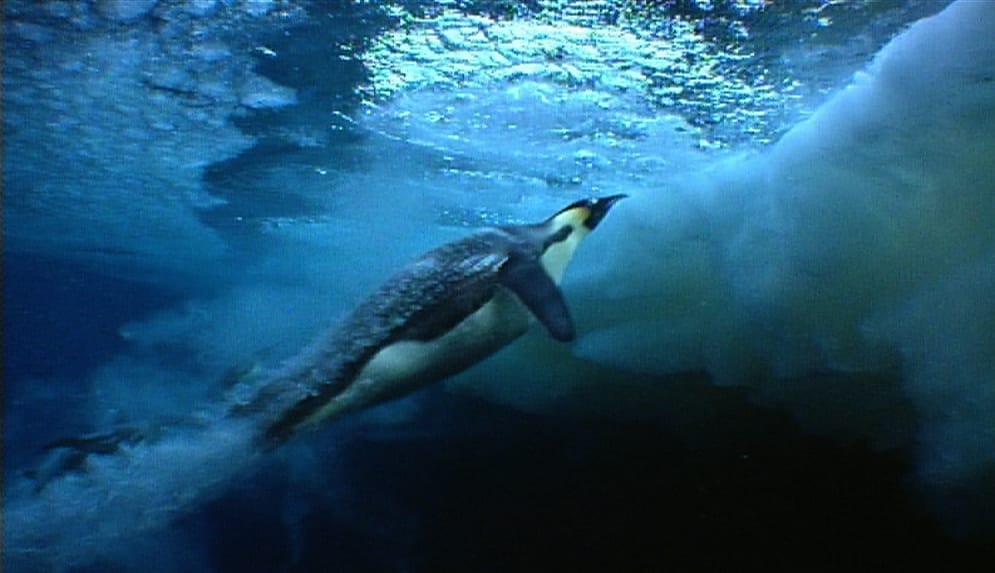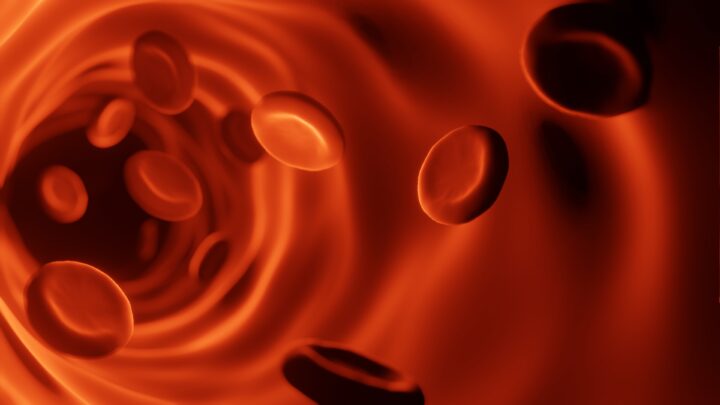Micro-bubbles released from the Emperor penguin’s feathers act as a natural turbo boost, creating a lubrication layer around its body that reduces drag and enhances the bird's aquatic speed, propelling it from water to ice with graceful efficiency.
Introduction
In the stark, frozen territories of Antarctica, the Emperor penguin stands as the tallest and heaviest of all penguin species, clothed in a striking tuxedo of black and white plumage. Beyond its distinctive appearance, this penguin exhibits a remarkable for exiting the icy waters—a balletic leap, powered by micro-bubbles released from its feathers. These bubbles create a lubrication layer, significantly reducing drag and enabling explosive leaps onto ice ledges above the sea surface.
The Strategy
The Emperor penguin has mastered what might be termed a biological technology akin to a torpedo launch system. After grooming its dense feathers to trap air, the penguin dives deep, sometimes up to 20 meters below the surface. Here, the real mechanics come into play: as it ascends, it systematically compresses its feathers to release the trapped air as micro-bubbles. This action forms a sleek, lubricating coat around its body, drastically reducing water resistance. The continuous cloak of bubbles works like a natural propulsion system, allowing the penguin to break the water’s surface with enough momentum to vault onto the ice—mirroring the rapid, streamlined firing of a torpedo.
The Potential
The Emperor penguin’s air-trapping feather structure offers a blueprint for cutting-edge designs in both marine engineering and competitive swimwear. By replicating the feather’s ability to trap and strategically release air, engineers could develop marine vessels with external surfaces designed to reduce hydrodynamic drag in a similar manner. For swimmers, incorporating micro-fabric technologies that the penguin’s plumage could minimize resistance, enhancing speed and efficiency in the water: how about those hydrodynamics! These innovations could lead to more energy-efficient transportation and performance-enhancing sports apparel, demonstrating how biomimetic principles can merge sustainability with advanced technological design.
Before exiting the water, the penguin swims at the surface, where it is believed that it loads its dense coat of feathers with air via grooming. The bird then dives to a depth of 15 to 20 meters. During this dive or at the bottom, it depresses its feathers, thereby creating less space for the air to be stored and releasing micro-bubbles. Throughout its ascension, the penguin releases these bubbles in a controlled way, creating a layer of micro-bubbles over most of its body surface. This lubrication layer reduces drag, enabling the penguin to swim faster and to overcome gravity so that it can successfully launch from the water.
This summary was contributed by Ashley Meyers

Check out this National Geographic video to see the penguin's strategy in action.






